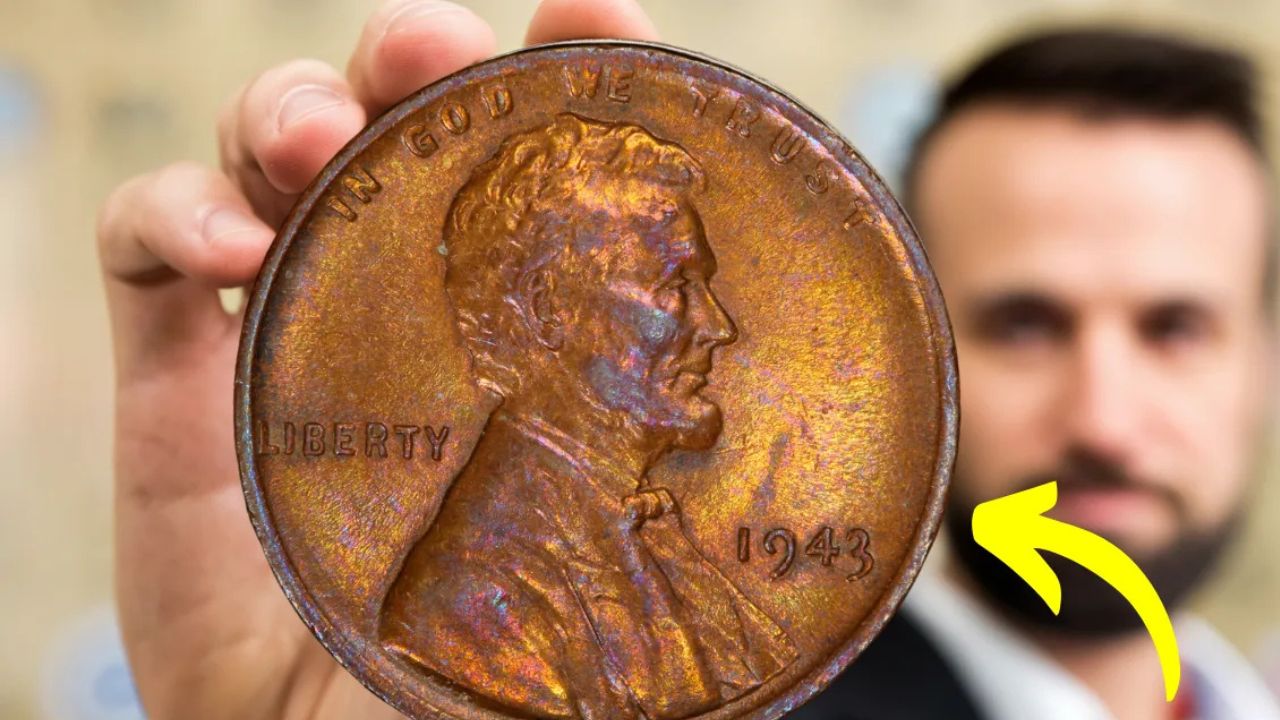In the world of coin collecting, few stories capture the imagination quite like the claim of a Lincoln Wheat Penny worth a staggering $3.138 billion and still circulating today. This headline has gone viral, sparking intense debate, countless online videos, and heated discussions on collector forums. But is there any truth to this extraordinary valuation? Let’s separate fact from fiction and explore what makes the Lincoln Wheat Penny such an iconic piece of American coin history.
The Legacy of the Lincoln Wheat Penny
First minted in 1909, the Lincoln Wheat Penny is one of the most recognizable and beloved coins in the United States. Created by designer Victor David Brenner, it features President Abraham Lincoln on the front and two stalks of wheat on the reverse. The coin was introduced to commemorate Lincoln’s 100th birthday and continued production until 1958, when it was replaced by the Lincoln Memorial design.
Collectors prize early Wheat Pennies, especially those with rare mint errors, low production numbers, or unique metal compositions—like the wartime issues—making them a cornerstone of many coin collections.
The $3.138 Billion Penny — What’s the Truth?
The claim that a Lincoln Wheat Penny is worth over $3 billion has no official backing. There is no verified auction record or credible source confirming such a sale. Even the most valuable U.S. coins, like the famed 1933 Double Eagle, have sold for tens of millions—not billions.
Experts in numismatics agree that this figure likely originated from online myths, viral exaggerations, or sensational clickbait. Yet, this hasn’t stopped collectors and enthusiasts from searching their coin jars and spare change, hoping to find a piece of this unbelievable story.
What Makes a Lincoln Wheat Penny Valuable?
While $3.138 billion is fantasy, many Lincoln Wheat Pennies can be genuinely valuable for collectors. Here are the main factors that influence their worth:
- Minting Errors: Coins with double dies, off-center strikes, or pennies struck on the wrong metal planchet are highly prized.
- Low Mintage Years: Certain years and mint marks, such as the 1909-S VDB penny, had limited production and are especially rare.
- Historical Significance: Wartime pennies, like the 1943 steel penny, stand out due to their unusual metal composition.
- Condition and Grading: Pennies that are uncirculated or have a high grade, such as MS-65 or above, command top prices.
For example, a rare 1943 copper Lincoln penny—an error since most pennies that year were made of steel—once sold for over $1.7 million due to its scarcity and historical importance.
Still Found in Circulation?
Although most Lincoln Wheat Pennies were removed from circulation decades ago, some can still turn up unexpectedly—in old coin collections, piggy banks, or forgotten drawers. Stories of finding Wheat Pennies at flea markets, bank rolls, or estate sales are common, though few are worth millions.
Even pennies valued at $5 or $10 can be exciting finds for collectors and beginners alike, keeping the spirit of coin hunting alive.
Final Verdict: Treasure or Tall Tale?
The $3.138 billion Lincoln Wheat Penny remains a viral legend without any official verification. It’s a prime example of how the internet can fuel myths that captivate the public’s imagination. Still, this buzz highlights a timeless truth—coins are more than just currency. They’re pieces of history with stories to tell and potential surprises waiting to be uncovered.
For anyone interested in numismatics, diving into old collections, checking loose change, or attending estate sales could lead to genuine treasures—if not billion-dollar fortunes, then certainly valuable finds worth cherishing.
Frequently Asked Questions
Q: Is there any official record of a Lincoln Wheat Penny worth $3.138 billion?
No. This valuation is a myth with no verified auction or appraisal backing it.
Q: Which Lincoln Wheat Pennies are truly valuable?
Key valuable pennies include the 1909-S VDB, 1914-D, and the rare 1943 bronze penny. Their values vary widely based on condition and rarity.
Q: Can rare Lincoln Wheat Pennies still be found in circulation?
While rare, it’s possible to find them in circulation or in old collections, though most valuable coins have been removed over time.
Q: How can I check if my penny is valuable?
You can get your coin professionally graded by services like PCGS or NGC, or research similar coins on trusted marketplaces and collector forums.
Q: Is coin collecting still a popular hobby?
Yes, interest in numismatics is growing, fueled by viral stories, online coin communities, and high-profile auction sales.
Bottom Line
While the $3.138 billion Lincoln Wheat Penny is almost certainly a myth, the excitement around it shows how coins connect us to history and the thrill of discovery. Whether you are a seasoned collector or just curious, your next treasure could be hiding in plain sight.
